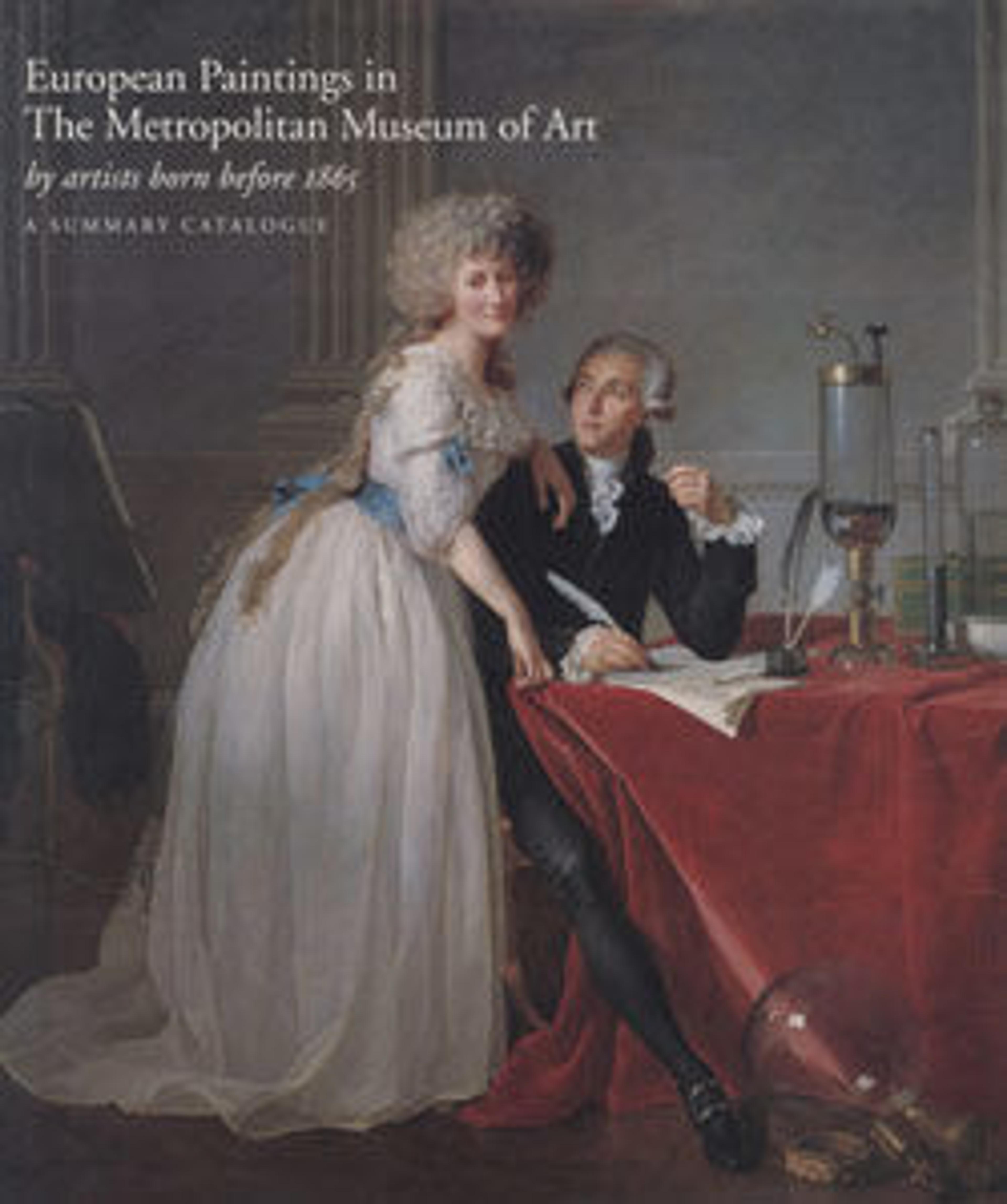The Burial of Saint Zenobius
Ghirlandaio painted these three captivating narrative scenes about 1479 for the base (predella) of an important altarpiece commissioned from his brother, Domenico, for the church of San Giusto alle Mura outside Florence. Two further scenes are known; the main panel is in the Uffizi in Florence.
According to legend, at the burial of Saint Zenobius a dead tree sprang to life when it was touched by the saint's bier. The baptistery and bell tower (campanile) of the cathedral of Florence provide the setting. Florence appears in the background of the scene where Tobias catches a fish whose innards will heal his father’s blindness.
According to legend, at the burial of Saint Zenobius a dead tree sprang to life when it was touched by the saint's bier. The baptistery and bell tower (campanile) of the cathedral of Florence provide the setting. Florence appears in the background of the scene where Tobias catches a fish whose innards will heal his father’s blindness.
Artwork Details
- Title: The Burial of Saint Zenobius
- Artist: Davide Ghirlandaio (David Bigordi) (Italian, Florence 1452–1525 Florence)
- Date: ca. 1479
- Medium: Tempera and gold on wood
- Dimensions: 6 1/4 x 16 1/4 in. (15.9 x 41.3 cm)
- Classification: Paintings
- Credit Line: Francis L. Leland Fund, 1913
- Object Number: 13.119.2
- Curatorial Department: European Paintings
More Artwork
Research Resources
The Met provides unparalleled resources for research and welcomes an international community of students and scholars. The Met's Open Access API is where creators and researchers can connect to the The Met collection. Open Access data and public domain images are available for unrestricted commercial and noncommercial use without permission or fee.
To request images under copyright and other restrictions, please use this Image Request form.
Feedback
We continue to research and examine historical and cultural context for objects in The Met collection. If you have comments or questions about this object record, please contact us using the form below. The Museum looks forward to receiving your comments.
